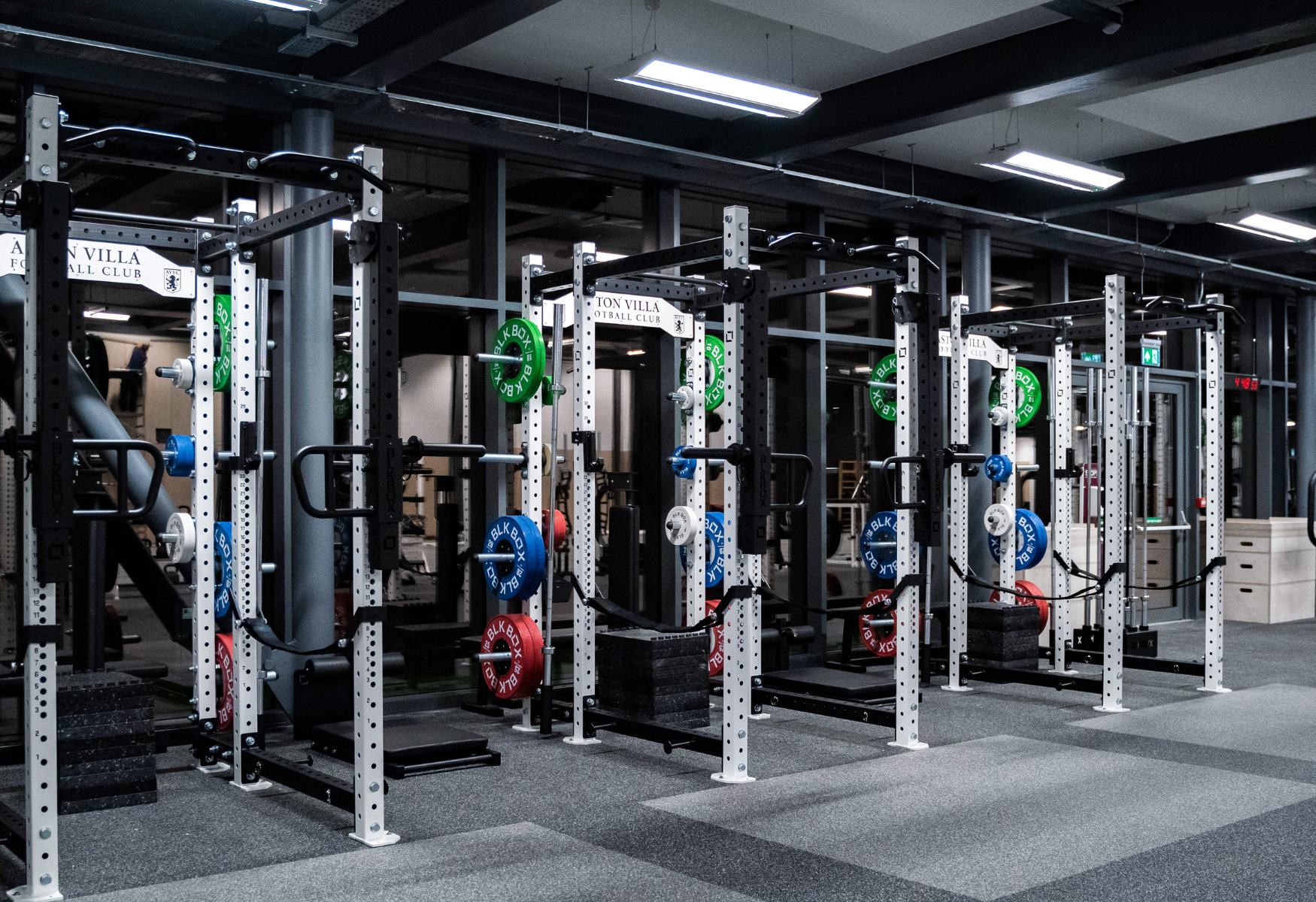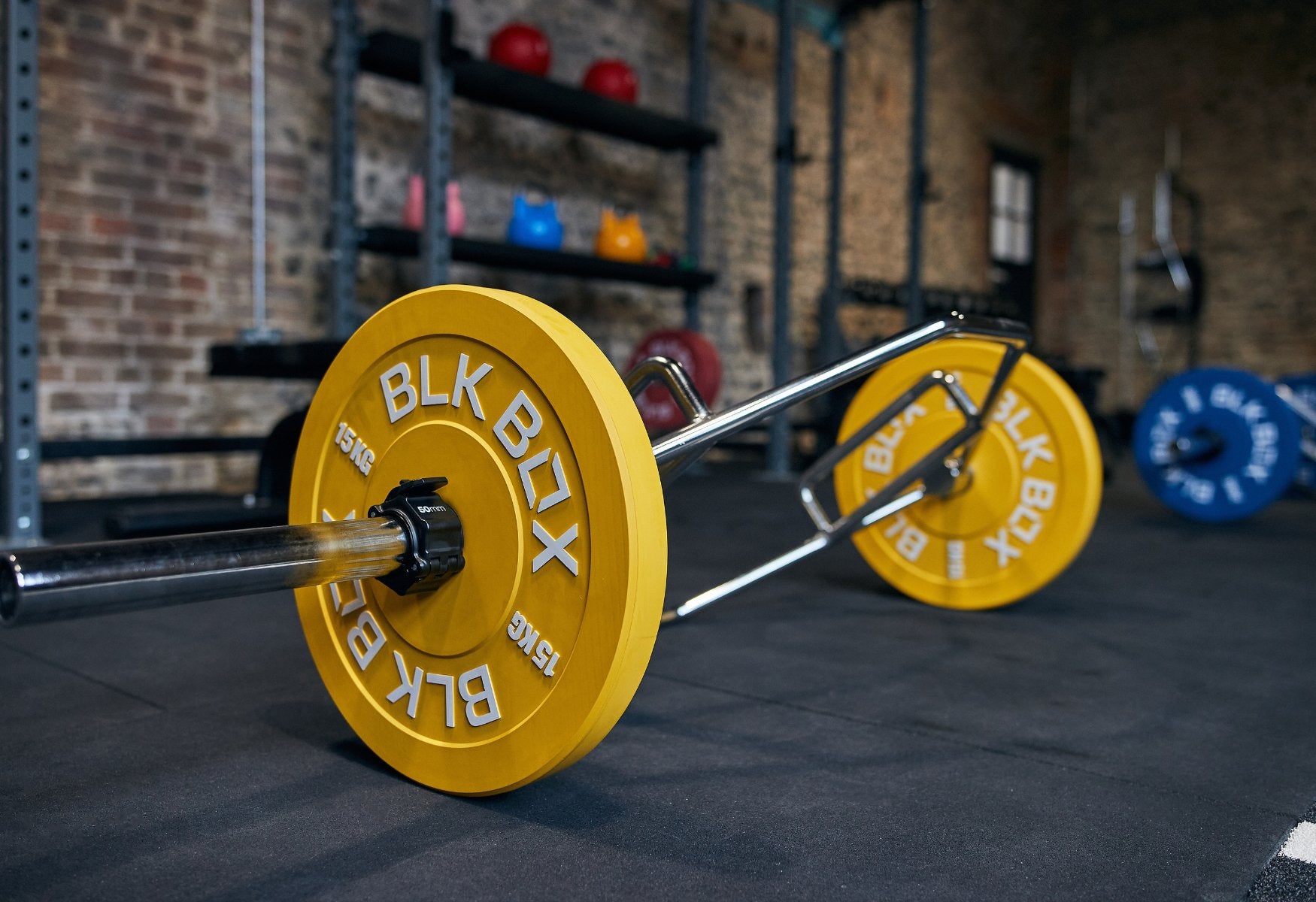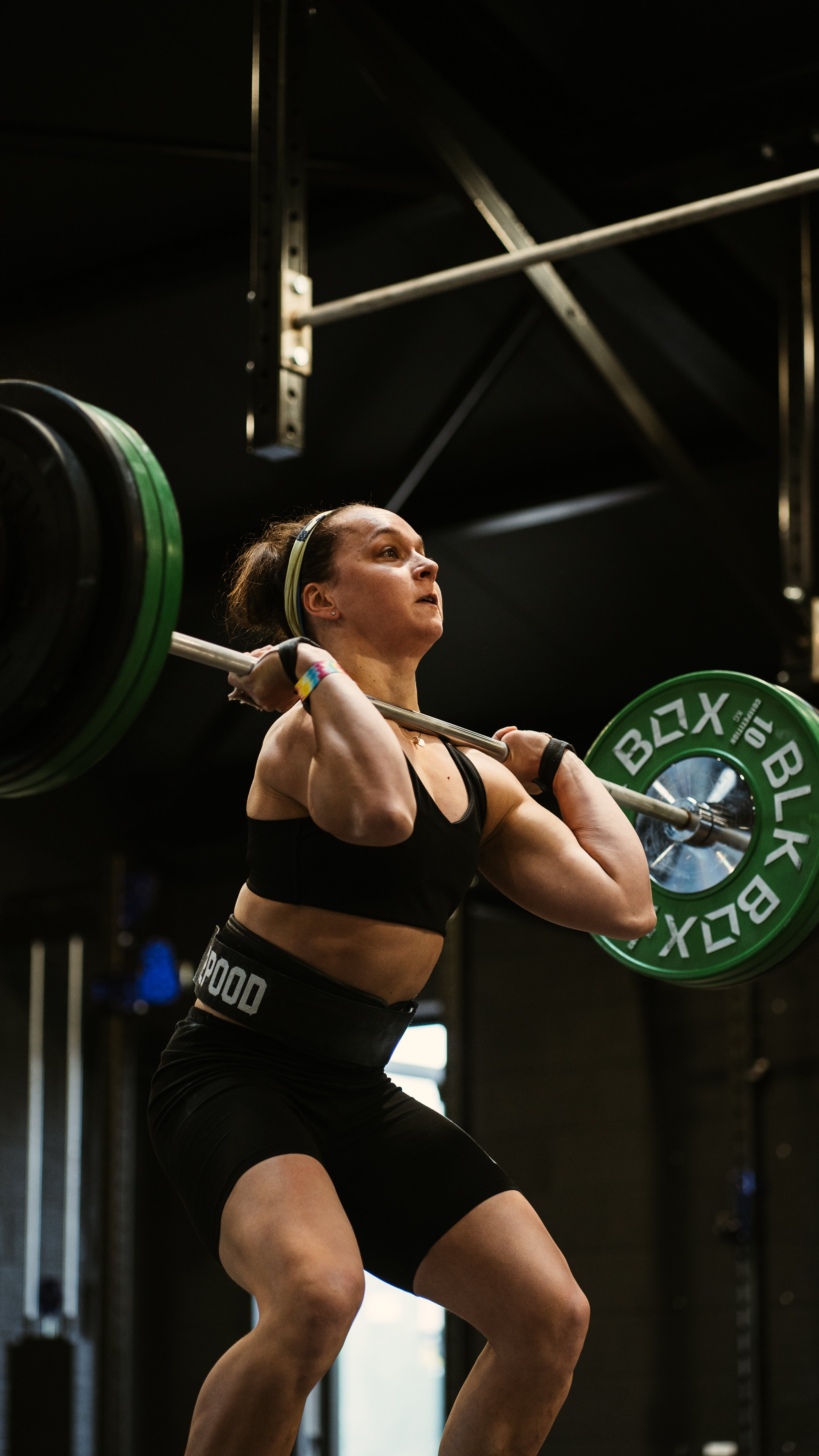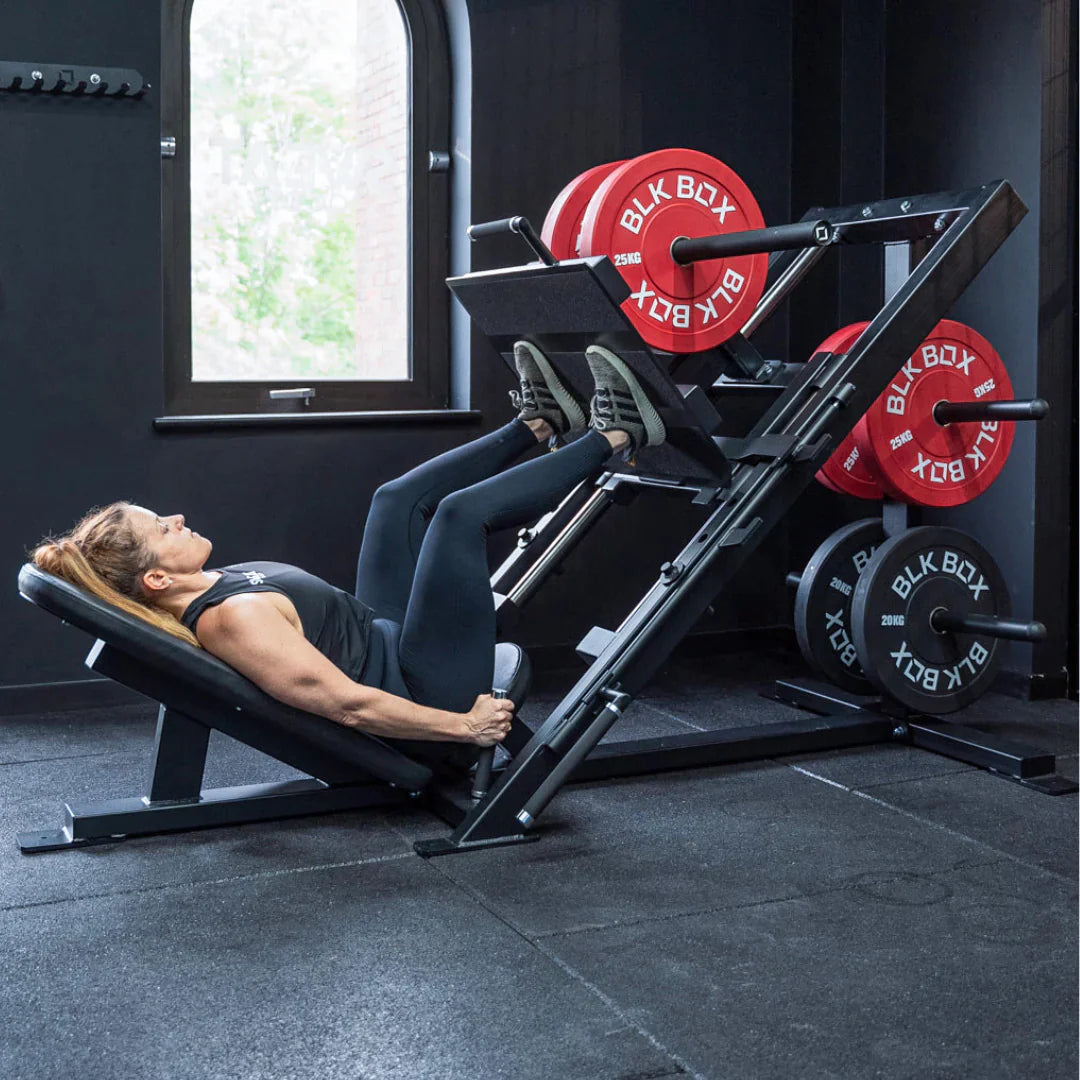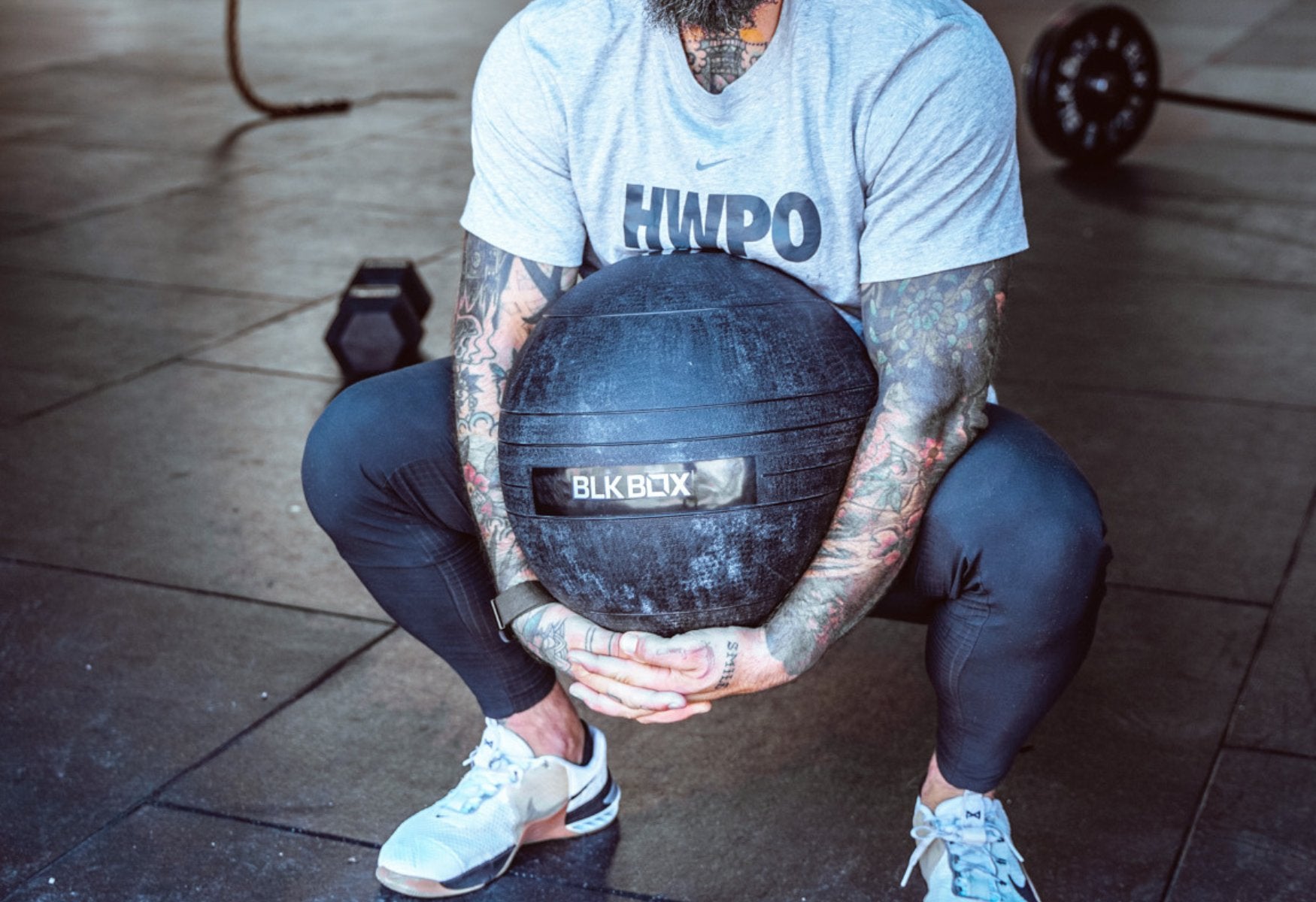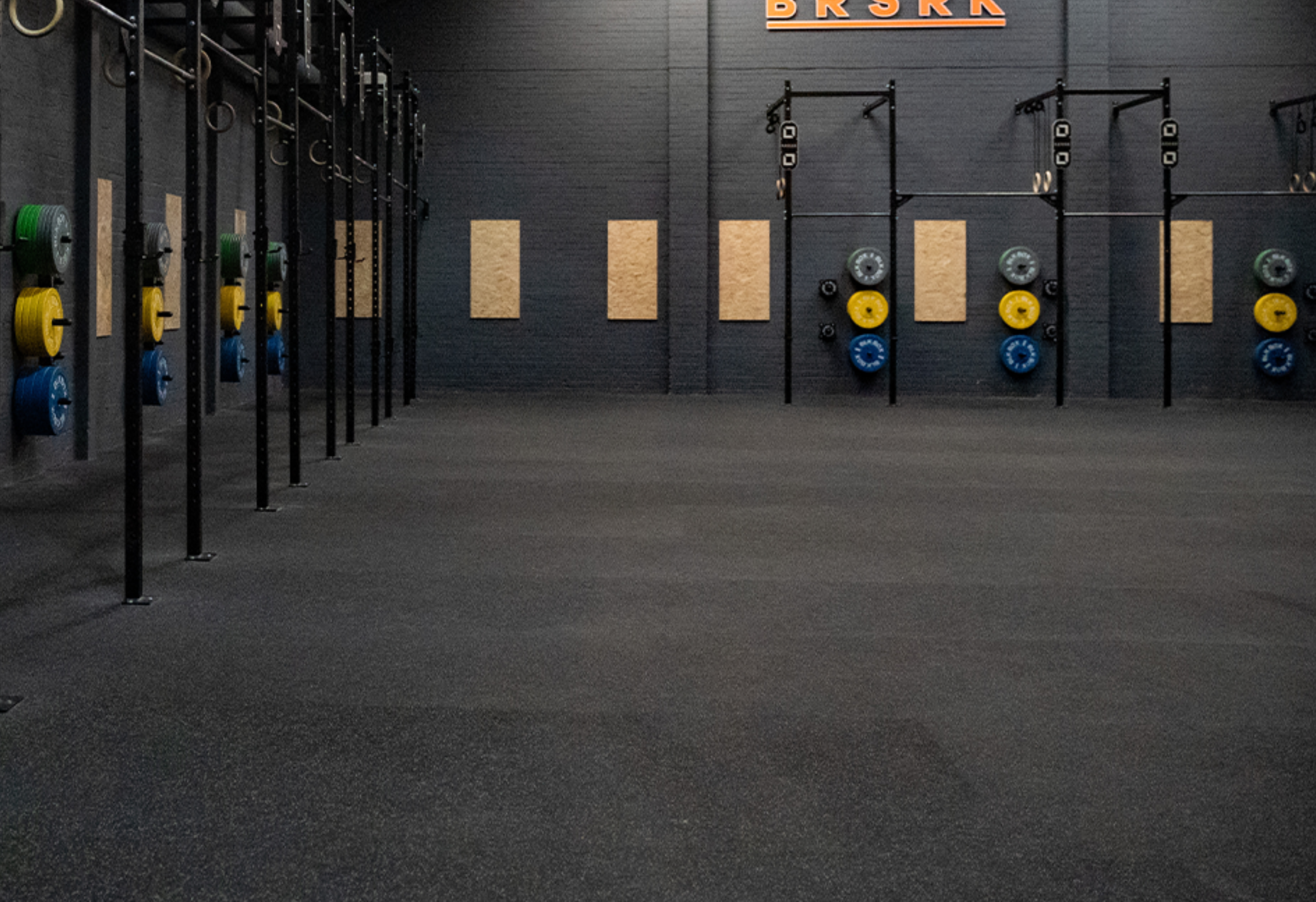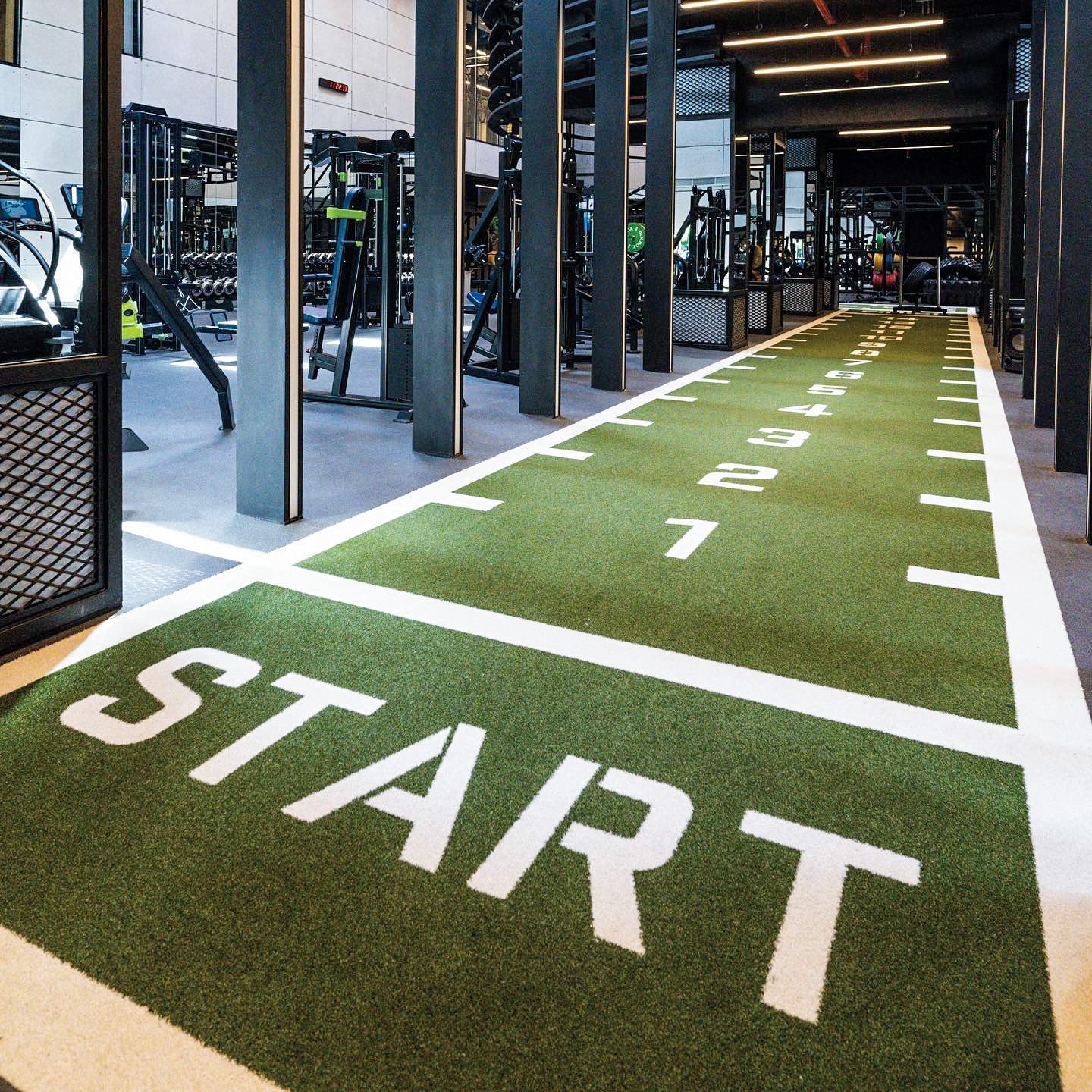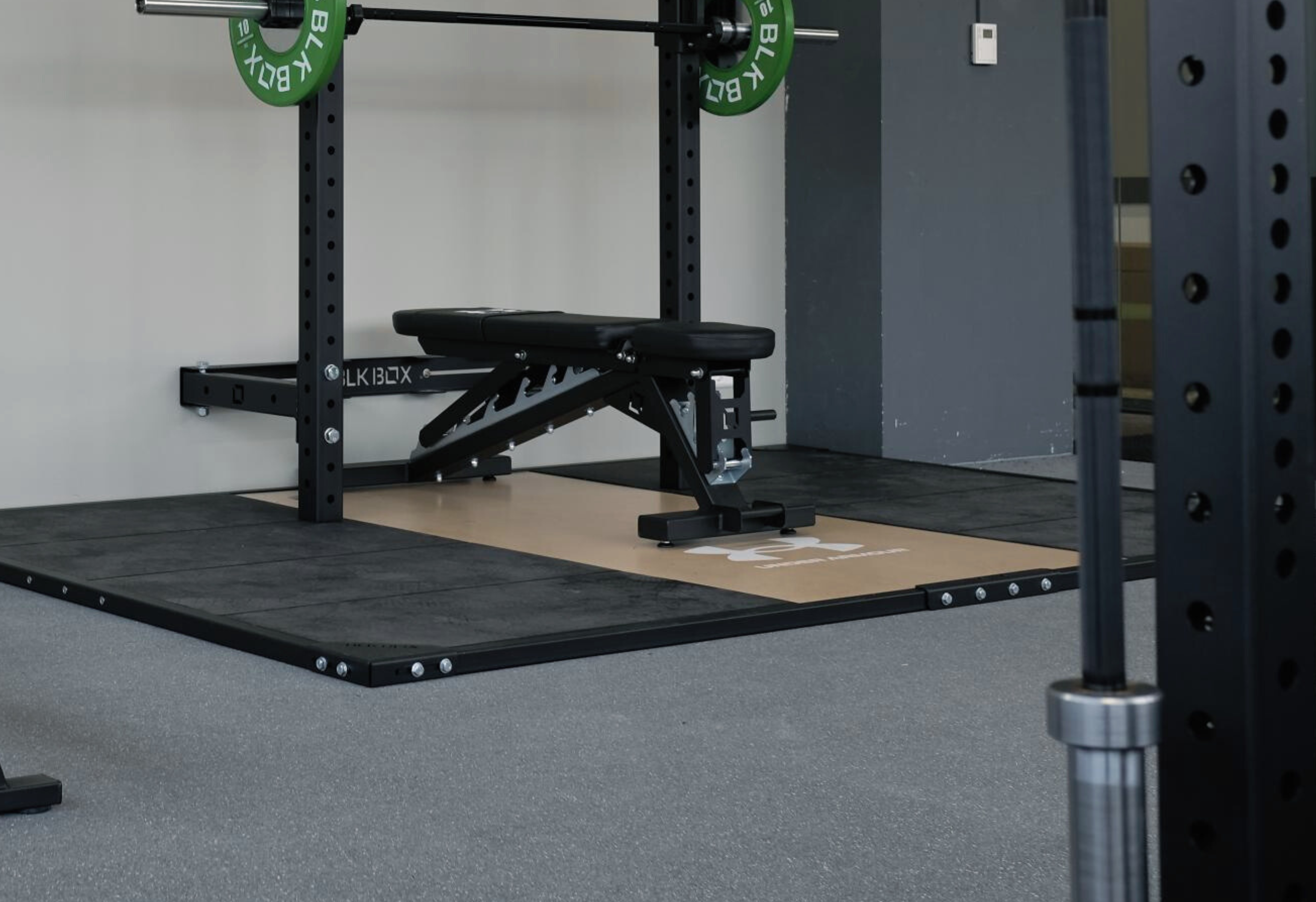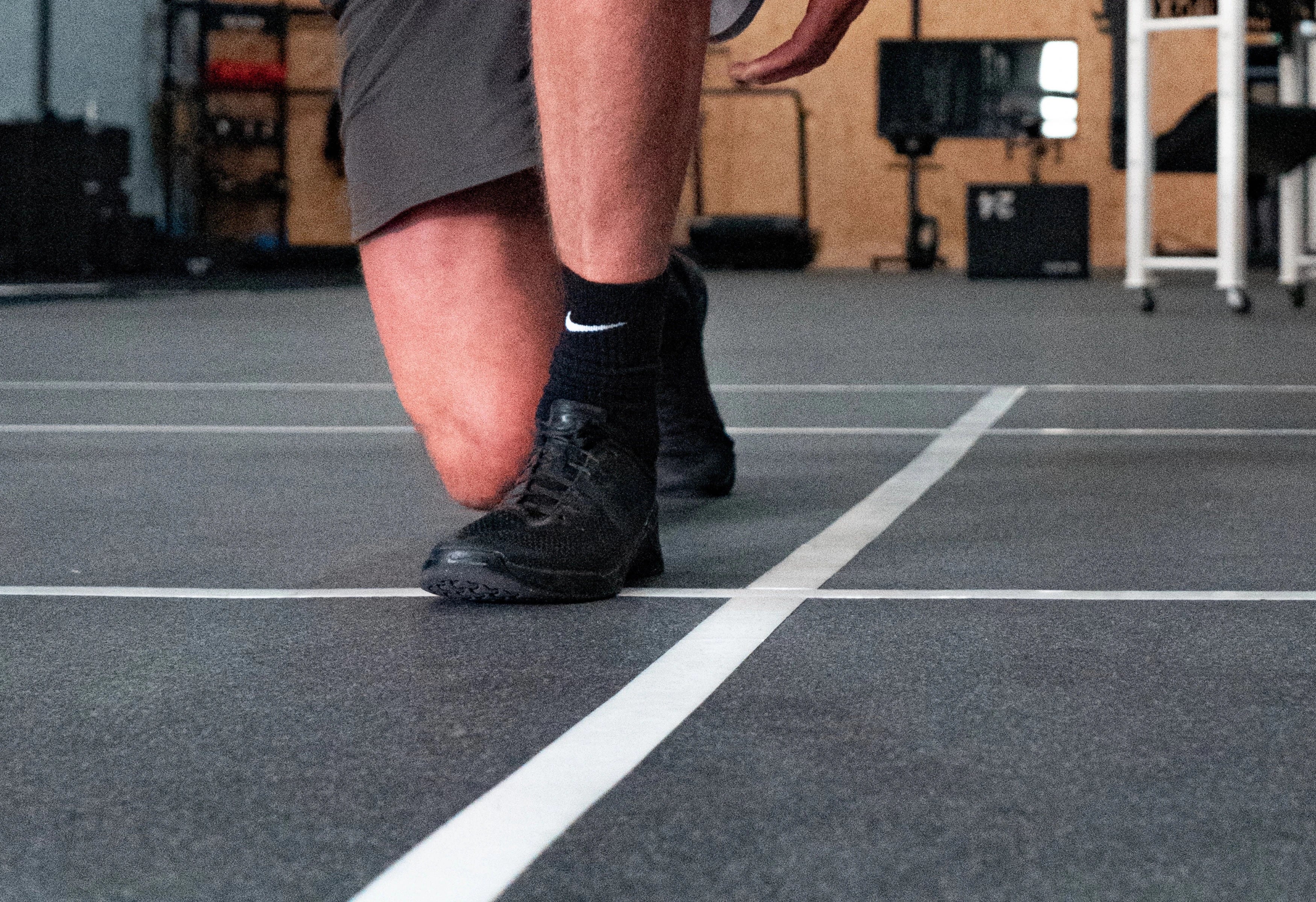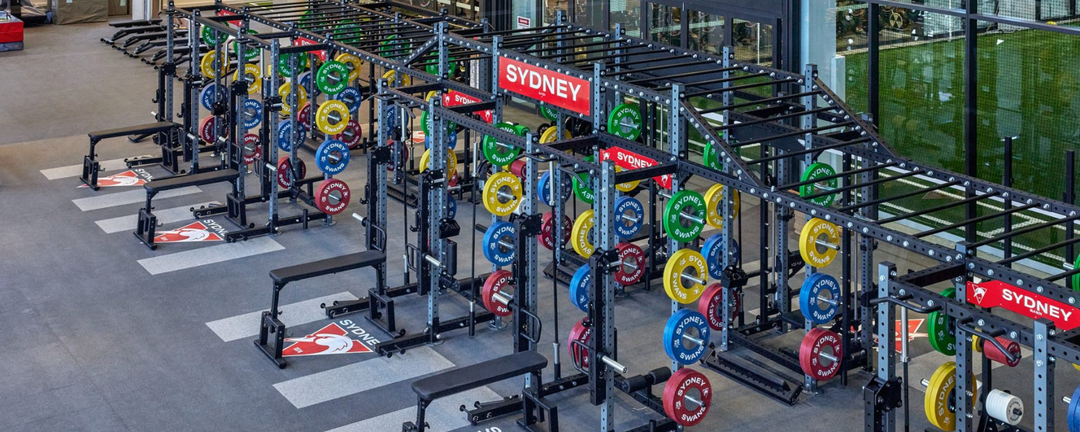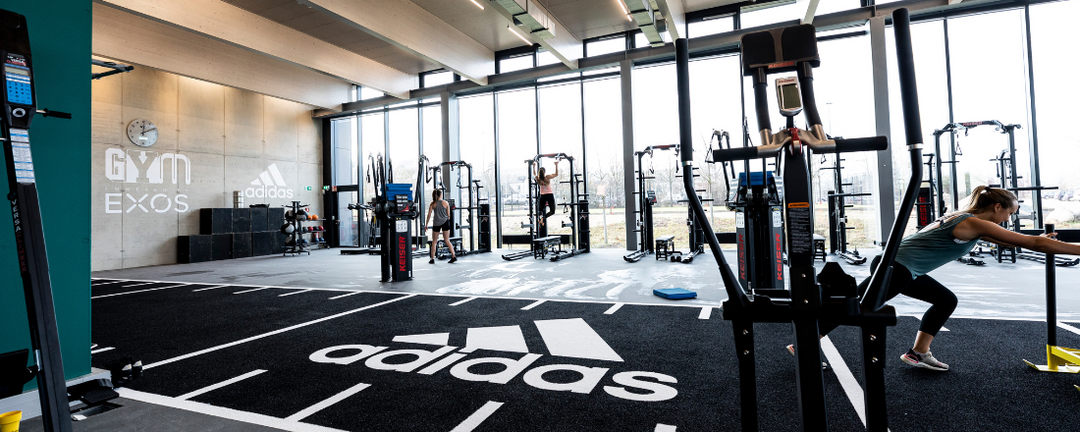Choosing the best rowing machine
Like many pieces of equipment, you’ll get what you pay for with a rowing machine. The upper end of the range will come with benefits that you’d be hard-pressed to find at the bottom, but you’ve got to find the one that suits you.
Understanding what to expect at both ends of the spectrum will aid in guiding your decision. Choose incorrectly, and you'll have invested time and money in what essentially becomes a fancy clothes hanger. Choose wisely, and you'll reap the benefits of one of the best training methods available.
What are the main differences between cheap and expensive rowing machines?

Resistance and Realism
1. Water rowing machines
The main point of differentiation between the top and bottom of rowers is resistance type. At the top are the water rowers, as the name suggests, their resistance is generated by water.
With an in-built water tank, they are equal parts, aesthetically pleasing, like real-life rowing and expensive.
2. Air rowing machines
Next are the air rowers, by far the most popular option, they are enjoyed by professional athletes and rowing rookies alike. Their resistance is generated by moving a flywheel against the air, the harder you pull the greater the resistance.
They provide an extremely variable resistance as well as a lifelike rowing experience. There's a reason that these are the world's most popular option. Common options include the well-known Concept2 Rower.
3. Magnetic and hydraulic rowing machines
At the lower end of the list are the hydraulic and magnetic rowers, these are ok if you have a tight budget, but they won't mimic a real–life rowing experience and their ability to make gains in both strength and cardio fitness are limited.
Tracking monitors
Athletes today can gain insight into their workouts that the trainers of 20 years ago could only dream of. Rowers are no different, choosing a rower with an advanced tracking monitor will guarantee you the best insight into your workouts and make trackable progression easy.
Build quality and storage
Air or water rowers are able to cope with athletes up to and above 130kg. However, your weight may be an issue with the cheaper magnetic and hydraulic options at the bottom of the range. Some of these options max out around 80/90kg.
Related to build quality and overall longevity is the ability to easily store your rower. Some air rowers are foldable, and most have wheels so that you can store them upright and out of the way when not in use.
Water rowers are unlikely to fold and while they can be stored upright, moving them can be a pain given the increased weight.
Key considerations when choosing a rower

-
Training benefits
- Rowing combines strength and cardio training.
- Choose a rower that mimics real rowing for maximum benefits.
-
Types of rowers
- Water rowers: Closest to real rowing, smooth strokes, variable resistances.
- Air rowers: Smooth strokes, variable resistances, precise data tracking.
- Hydraulic rowers: Limited movement, less effective for cardio.
- Magnetic rowers: Constant resistance, less realistic.
-
Overall benefits
- Air and water rowers provide smooth, full-body workouts with reduced muscle stress.
-
Tracking
- Accurate tracking is crucial for progression.
- Air rowers offer the best data accuracy.
-
Build quality and storage
- High-quality rowers offer durability and often come with a 2+ year warranty, ensuring a good return on investment.
- Price
- Resistance options
- Tracking monitor
How will your needs impact which is the right rower for you (eg experience, goals such as improving fitness or training for on-water rowing)?
What you want out of a rower is just as important as what a rower can offer you.
Be smart about what your priorities are and what features matter to you. For example, are you training for an on-water race or are you looking to improve your overall fitness with rowing as part of your workouts? Are you willing to spend a bit more or is the price at the top of your priorities list? Consider your options and the key features/benefits listed previously.
Consider practical elements such as your available space, your height and your weight.
A clear idea of what demands you need to be met will ease your choice and reduce any potential buyer regret.
How much should you spend on a rowing machine?
You’ll get what you pay for. You can group rowers into an easy range.
Less than £150
Dominated by hydraulic and some magnetic rowers, this range is filled with entry-level options. Build quality hinders this range so be careful to check reviews for horror stories.
You aren’t likely to get a smooth stroke or any tracking data. If you are looking for a basic, mostly strength-based workout and are prepared to maybe do a repair or two, you may find a usable option here.
£250- £700
In this range, you’ll find mostly magnetic and some lower-mid level air rowers. Shop around and you can find some good options. Bear in mind the key features that we have discussed above, and you should be able to find a well-made rower that provides you with accurate data and precise data.
A tricky range as there are big differences in build quality and rower longevity but do your research and you should be fine.
£700+
This is your sweet spot. The increased price guarantees you good build quality, a smooth stroke and accurate tracking data.
You’ll have seen many of these options in the hands of professional athletes and gym novices alike. The world’s most popular options exist in this range, no need to go too high, the lower-level models are usually perfect.
How to use a rowing machine

- Adjust settings: Set the resistance level to a comfortable starting point.
- Sit properly: Sit on the seat, strap your feet in, and grasp the handle.
-
Start rowing:
- Catch: Lean forward with straight arms, knees bent, and shins vertical.
- Drive: Push with your legs, keeping your back straight, and pull the handle to your chest.
- Finish: Lean slightly back at the end of the stroke, legs straight, handle near your ribs.
- Recovery: Extend your arms forward, lean your body forward, and bend your knees to return to the starting position.
- Maintain rhythm: Keep a consistent, smooth pace to maximise your workout.
Remember to focus on technique to avoid injury and get the most out of your rowing session.




